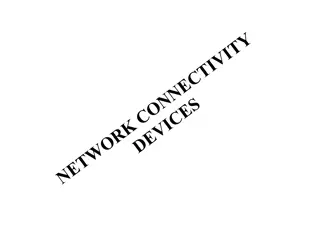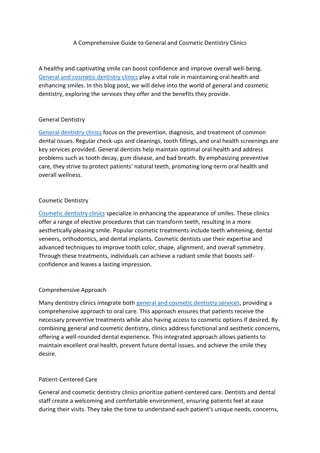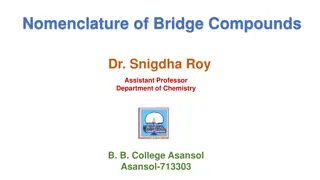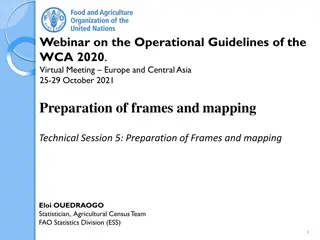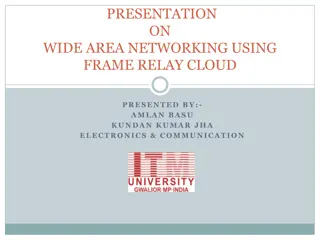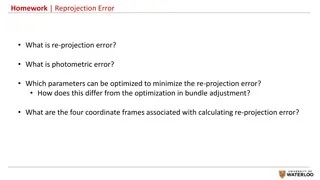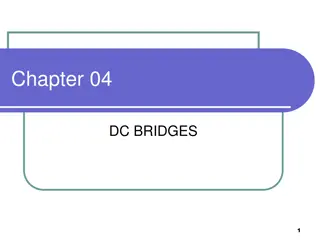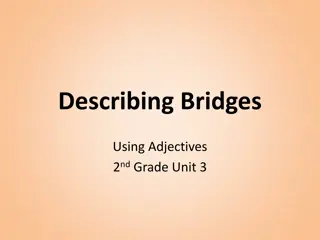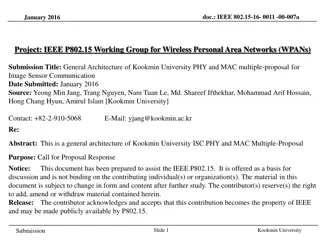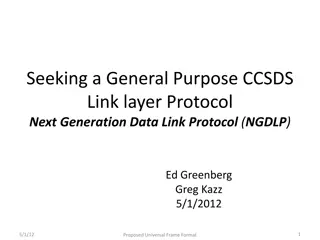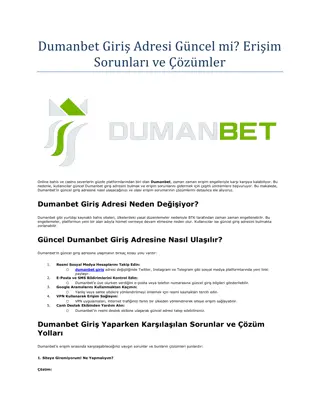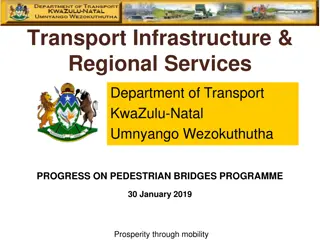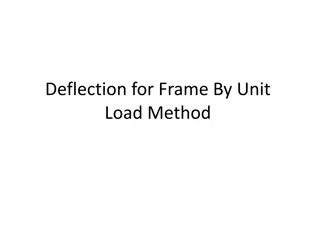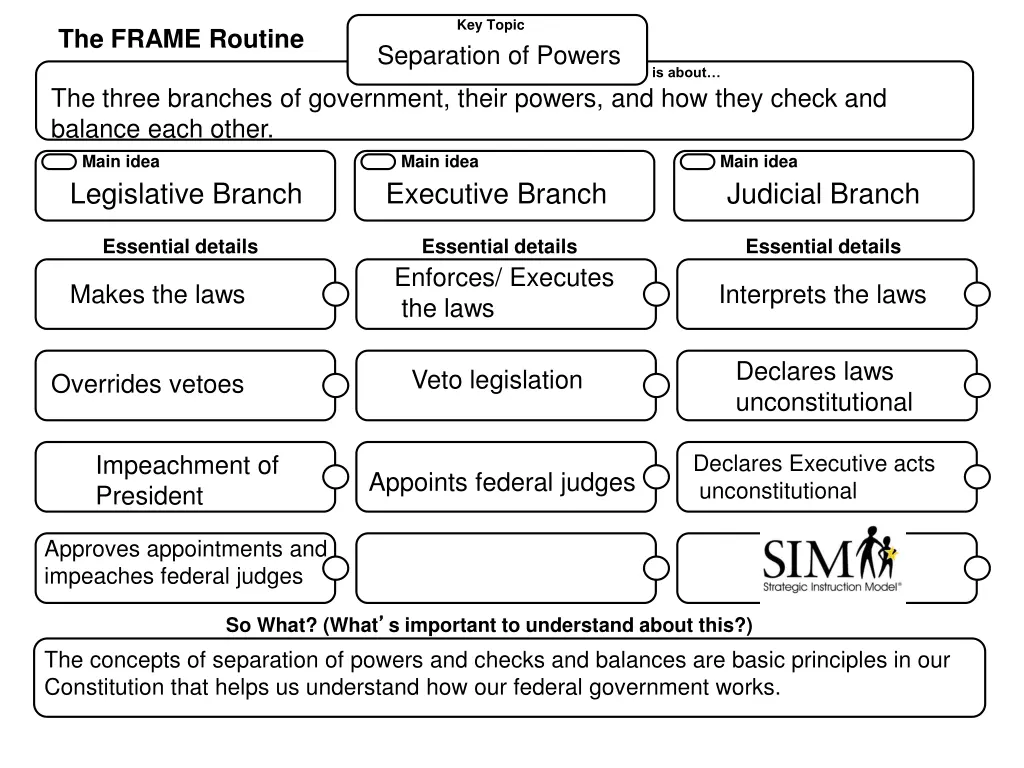
Understanding Separation of Powers in Government
Learn about the fundamental concept of separation of powers in government, which involves the Legislative Branch, Executive Branch, and Judicial Branch. Discover how these branches enforce, make, and interpret laws while checking and balancing each other to maintain a functional government system.
Download Presentation

Please find below an Image/Link to download the presentation.
The content on the website is provided AS IS for your information and personal use only. It may not be sold, licensed, or shared on other websites without obtaining consent from the author. If you encounter any issues during the download, it is possible that the publisher has removed the file from their server.
You are allowed to download the files provided on this website for personal or commercial use, subject to the condition that they are used lawfully. All files are the property of their respective owners.
The content on the website is provided AS IS for your information and personal use only. It may not be sold, licensed, or shared on other websites without obtaining consent from the author.
E N D
Presentation Transcript
Key Topic The FRAME Routine Separation of Powers is about The three branches of government, their powers, and how they check and balance each other. Main idea Legislative Branch Main idea Executive Branch Main idea Judicial Branch Essential details Essential details Enforces/ Executes the laws Essential details Makes the laws Interprets the laws Declares laws unconstitutional Veto legislation Overrides vetoes Impeachment of President Declares Executive acts unconstitutional Appoints federal judges Approves appointments and impeaches federal judges So What? (What s important to understand about this?) The concepts of separation of powers and checks and balances are basic principles in our Constitution that helps us understand how our federal government works.
HOTR Bridge with a Frame NOTES: Concept Comparison Question Exploration Cause and Effect Decision-Making Cross-Curricular Argumentation 2
CONCEPT DIAGRAM 1 CONVEY TARGETED CONCEPT OFFER OVERALL CONCEPT Key Words 3 2 1 Social Change Civil Disobedience 2 Refusal 3 NOTE KEY WORDS 4 CLASSIFY CHARACTERISTICS Passive resistance Always Present Sometimes Present Public act is Non-violent Never Present Spur of the moment Going against an unjust law/policy Arrests Private Attempt to bring change Non-violent Historically marginalized groups Planned Mob, no leaders Unjust No cause/message Public act Violence against those doing the public act Change Deliberate violence by those doing the public act Organized Leadership involved Rebellion Examples: Nonexamples: 5 EXPLORE EXAMPLES Sports Hooligans Montgomery Bus Boycott Insurrection January 6, 2021 Capitol Capitol Hill ADA Disability Rights Protests BLM Mob riots March for Our Lives Flag Burning (Gregory Johnson) Terrorism plots Leaders 6 PRACTICE WITH NEW EXAMPLE Organized 7 Civil disobedience is a planned public act organized by leaders who want to bring change through the refusal to follow an unjust law or policy. TIE DOWN A DEFINITION 3
HOTR Bridge with a Concept Diagram NOTES: Concept Comparison Question Exploration Cause and Effect Decision-Making Cross-Curricular Argumentation 4

